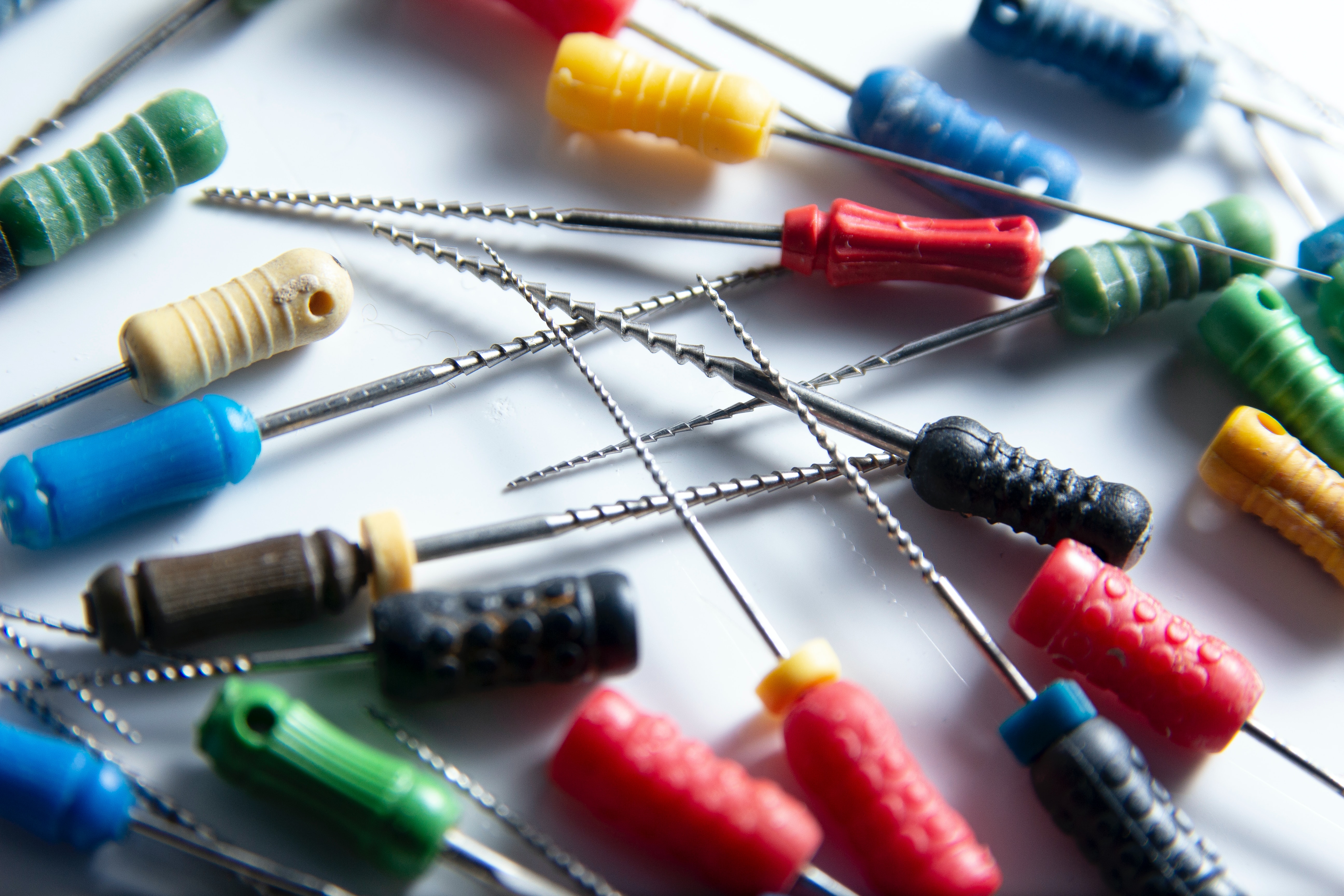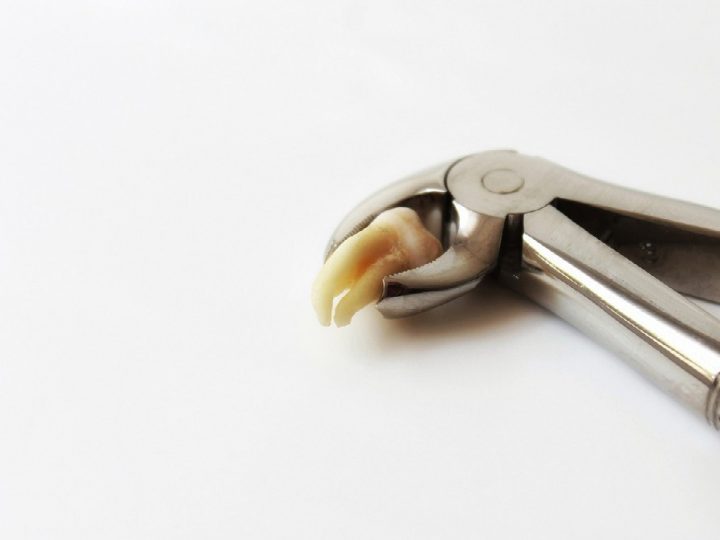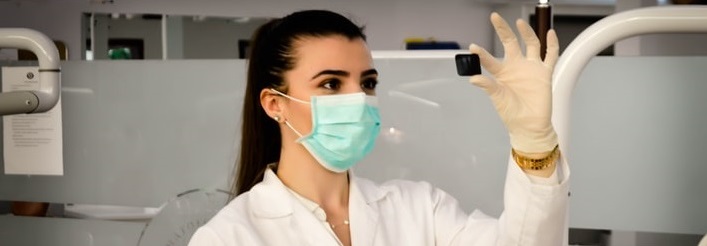
Maximilian Kreitmaier, 4th year, UPJŠ
Introduction
When performed by established clinical standards, nonsurgical and surgical endodontic therapies have a high success rate in the treatment and prevention of apical periodontitis. However, some patients still have endodontic periapical lesions, and when apical periodontitis doesn’t improve, further therapy should be considered.
There is a need for less intrusive techniques that produce more predictable results even though several therapy modalities have been suggested for endodontically treated teeth with persistent apical periodontitis.
Periapical or peri-radicular lesions are barriers that restrict microorganisms and prevent their spread into the surrounding tissues; microorganisms induce the PA lesions, primarily or secondarily. After the bone is resorbed, granulomatous tissue and a thick wall of polymorphonuclear leukocytes (PMN) replace it. Less frequently, an epithelial plug is present at the apical foramen to prevent microbial invasion of the extra-radicular tissues. Only a few endodontic pathogens can pass past these barriers, but microbial byproducts and toxins can do so in order to start and develop peri-radicular pathosis.
Overview of the etiology of the endodontic periapical lesion
Enamel, dentin, and cementum serve to preserve the tooth pulp, which is a sterile connective tissue. Significant pulp chamber damage causes inflammation, which, if ignored, might lead to pulp necrosis. Periapical radiolucencies may be caused by a variety of circumstances, including trauma, caries, or tooth wear.
After losing its blood supply due to trauma, microorganisms may colonize the pulp tissue, causing peri-radicular pathosis. Pulp necrosis and peri-radicular pathosis can result from pulp exposures. Microorganisms and their byproducts play a crucial part in the onset, development, and maintenance of peri-radicular diseases.
Dental granulomas, peri-radicular cysts, and radiolucent abscesses make up the bulk of peri-radicular lesions. Another condition with a characteristic radiographic appearance is condensing osteitis, which is brought on by persistently inflammatory pulp tissue and chronic apical periodontitis. With occasional PDL widening, the peri-radicular bone seems to be more radiopaque than healthy bone. These organisms may be distinguished by histological exams, which enable a certain diagnosis for each group.
Fig.: True or pocket cysts (a) are periapical cysts that are brought on by an infection in the root canal area. True cysts may require peri-radicular surgery to be treated (b), however, most pocket cysts are cured with root canal (re)treatment without requiring surgical intervention (c).
Risk factors connected to the onset of periapical lesions
After receiving root canal therapy (RCT), periapical lesions do not heal as a result of the therapy’s curative effects. Inflammation sets off the healing process, which is followed by the removal of the immunogen that triggers the immune response. When the host’s reparative response is functioning effectively, the periapical tissue itself heals the periapical lesion by repair or a mix of repair and regeneration. By eliminating the source of bacterial antigens and toxins, RCT’s ultimate goal is to promote wound healing by enabling chronic inflammatory tissue to transform into reparative tissue.
Some systemic factors sustain the inflammatory process and periapical bone resorption following RCT by increasing the host’s vulnerability to infection or impairing the tissue reparative response. This may result in the RCT failing, and the impacted tooth may even need to be removed.
When a full seal cannot be obtained using an orthograde non-surgical technique, peripheral surgery is an endodontic treatment using a surgical flap that focuses on removing a section of a root with anatomical complexity and an undebrided canal. The goal of the procedure is to eliminate the most apical and complex portion of the root canal, close the root canal apically, and remove the periapical lesion for additional histological analysis. The goal is to improve the environment so that the attachment mechanism can renew and the periapical tissue can recover.
Following root canal therapy, periapical healing with various endodontic sealants
The outcome of root canal therapy depends on the periapical tissue healing.
Obturation substance and sealer work together in harmony to form a hermetic seal. A good seal will shield against any potential diseases by preventing bacterial growth. An effective root canal sealer has to have the right biological, physical, and chemical characteristics. The kind and substance of the sealant, which distinguish one sealer from the other, determines the treatment’s efficacy. The diverse compounds that sealers release when they come into touch with the peri-radicular tissue result in distinct responses.
Numerous large cells responded strongly to calcium hydroxide-containing sealers in the periapical region, according to studies. As a result, the periapical area’s microbial infection is reduced more effectively, aiding in the promotion of healing. The authors used sealapex, calcitic root canal sealer (CRCS), and apexit to examine the healing histologically following root canal therapy. They concluded that sealapex had the greatest deposition of mineralized tissue.
Periapical lesions heal at different rates for a variety of causes. One example is the improper removal of microorganisms from complicated root canal features such as the isthmus, open dentinal tubules, or lacunae of cellular cementum around the apical foramen. Extrusion of diseased dentin debris during mechanical instrumentation may also be a factor.
The literature revealed that periapical healing was improved with the development of bioactive materials.
Conclusion
In this article, we discuss the importance of endodontic treatment in the field of conservative dentistry and its risk factors which can lead to periapical lesions. The importance of endodontic sealants and other methods for its healing was pointed out.




